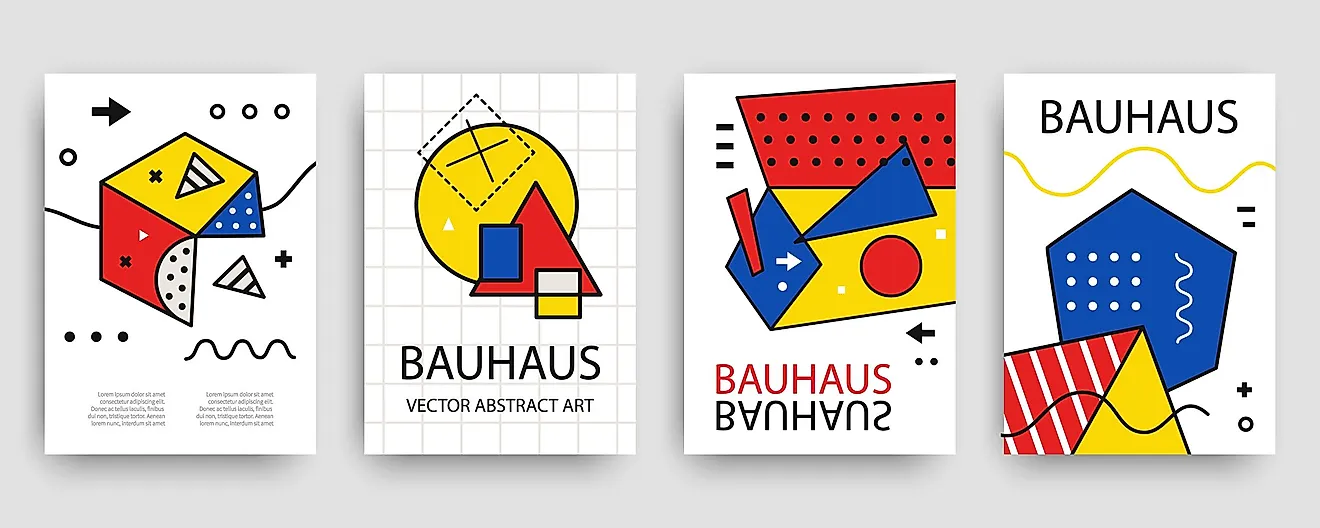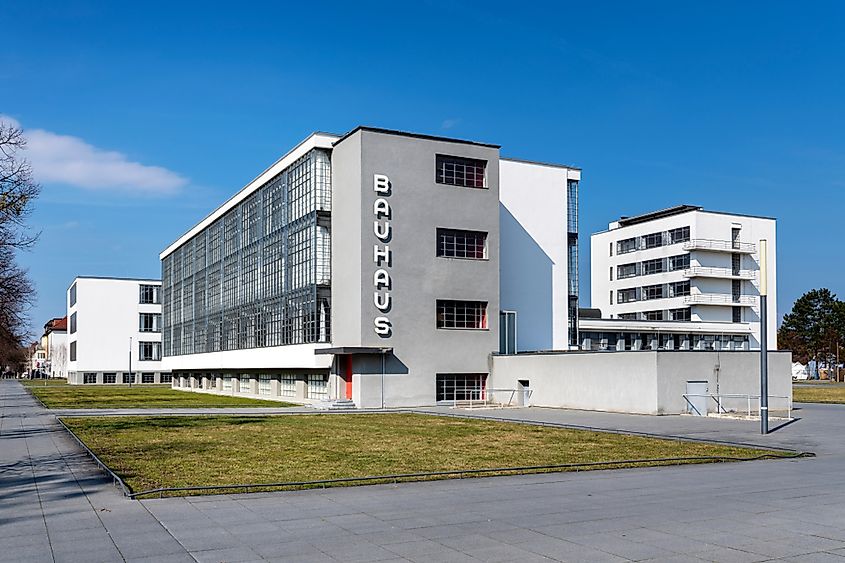What Is The Bauhaus Design Movement?

“Form Follows Function” was a famous expression by Louis Sullivan, an American architect. But this also became one of the cornerstones upon which modernism and, by extension, Bauhaus has evolved.
Translated - the intrinsic value of design is not to simply be appealing but to also be functional. A novel idea to be sure, especially in the early 20th century when the echos of the excessively ornamented Victorian design were still very much present.
How Bauhaus Design Came To Be?
The founder of the Bauhaus design was Walter Gropius who transformed German art school in Weimar in 1919 into a modern design academy that secured its place in history. Even the name itself “Bauhaus = school of building” tried to install the idea of going back to the basics. World War l ended only a year before, in 1918, and the society needed to start anew. Gropius was a visionary intended to challenge the old preconceptions about art, architecture, and design. Subjects taught at the school included metalworking, architecture, sculpture, stained glass, weaving, photography, wall-painting, ceramics, printmaking, etc.

What Gropius wanted from his students is to discard any notions of sentimentality and get rid of unnecessary decorations that were only there to be pleasing. In a manner of speaking, he wanted to return the narrative to its basics, to observe the original nature of the object and then start from that in order to create. This idea, however, was not well-received by the Nazis who succeded to finally close down the school in 1933. Yet, as is often the case, in trying to forcefully bring something down, they actually managed to do the opposite.
The Echos of Bauhaus in the 21st Century
Everywhere we look today the echo of Bauhaus can be traced, from the always popular minimalist homes to box-like architecture. The core idea of Bauhaus is utility and much of the modern world is built upon this. Their “Art into Industry” slogan paved the way for modern, serviceable designs ranging from simple but useful furniture to minimalist kitchenware. By stripping art from its fripperies and streamlining it to industry, mass production boomed. Hence, by staying “true to materials” it no longer became important to hide the framework such as steel under layers of materials. This alone gave birth to the now instantly-recognizable, modern-looking furniture.
In a manner of speaking, the Bauhaus design movement is a synergy of functionality, art, industry, technology, and design. Naturally, Bauhaus like all novel, radical ideas has its fervent followers as well as fierce opposition. No matter where one stands on this, the fact remains that the Bauhaus design is imprinted in the modern world we now live in. From the appearance of the iPhone to sleek looking modern buildings made of glass and concrete, the clean lines so beloved by the Bauhaus design are here to stay for the foreseeable future.











